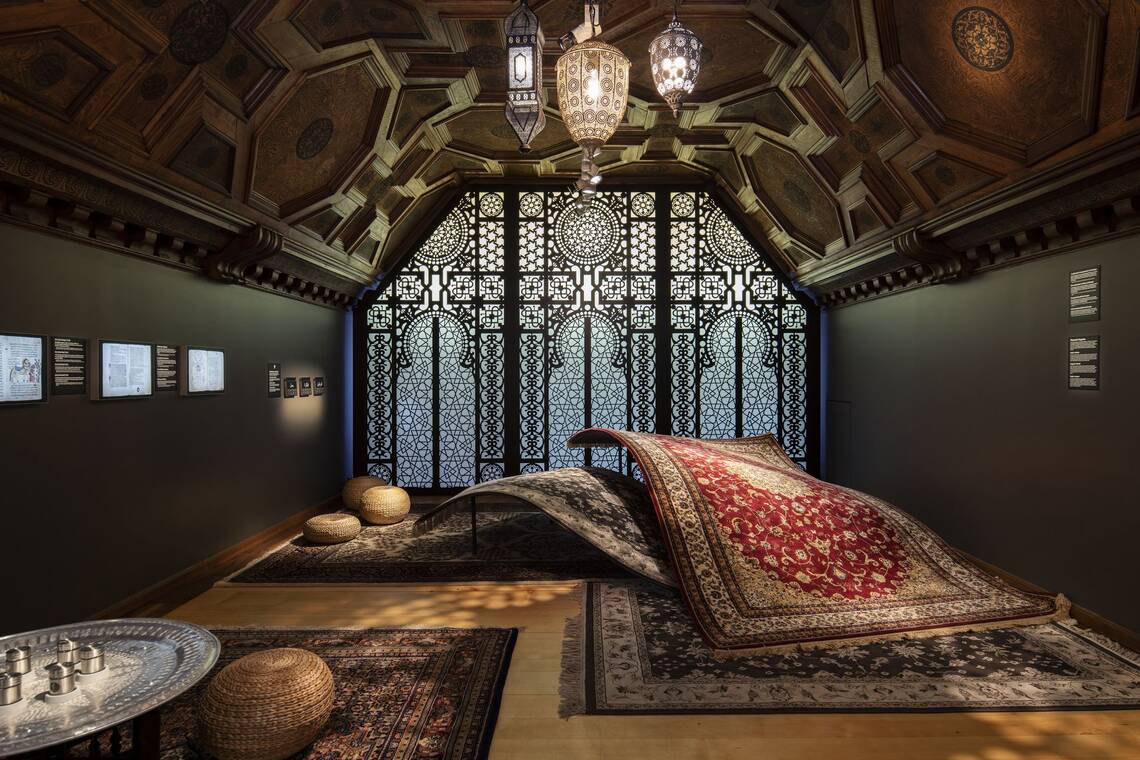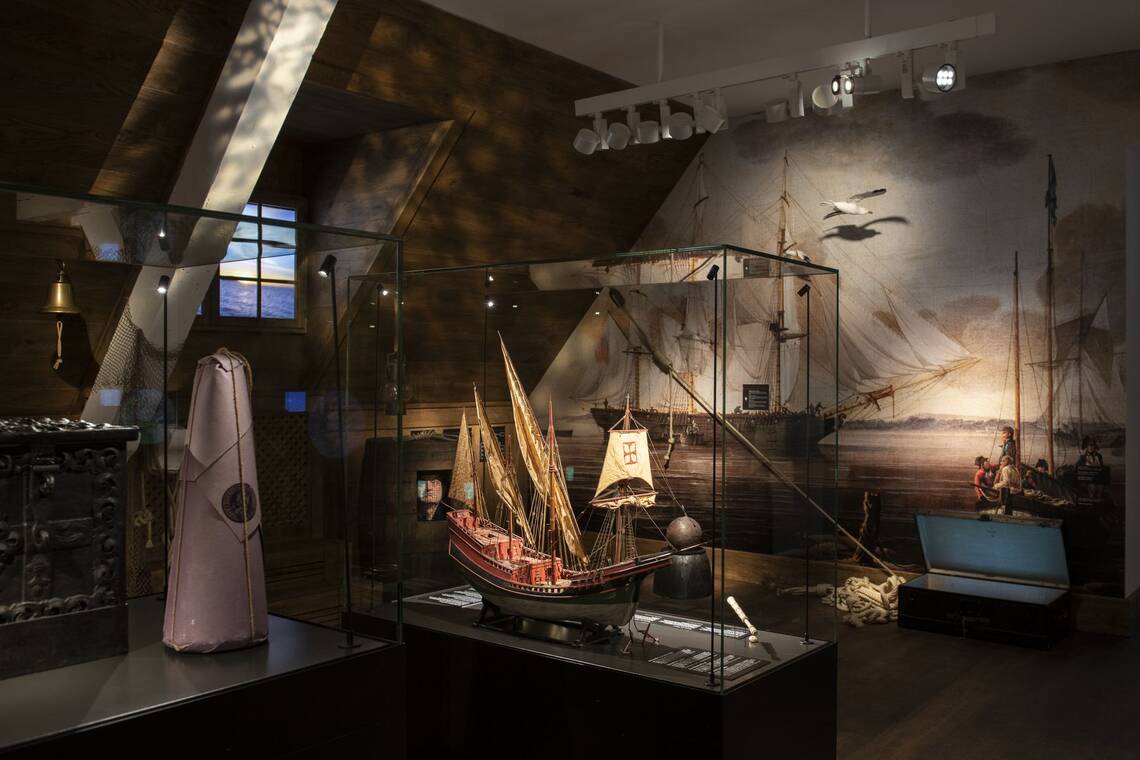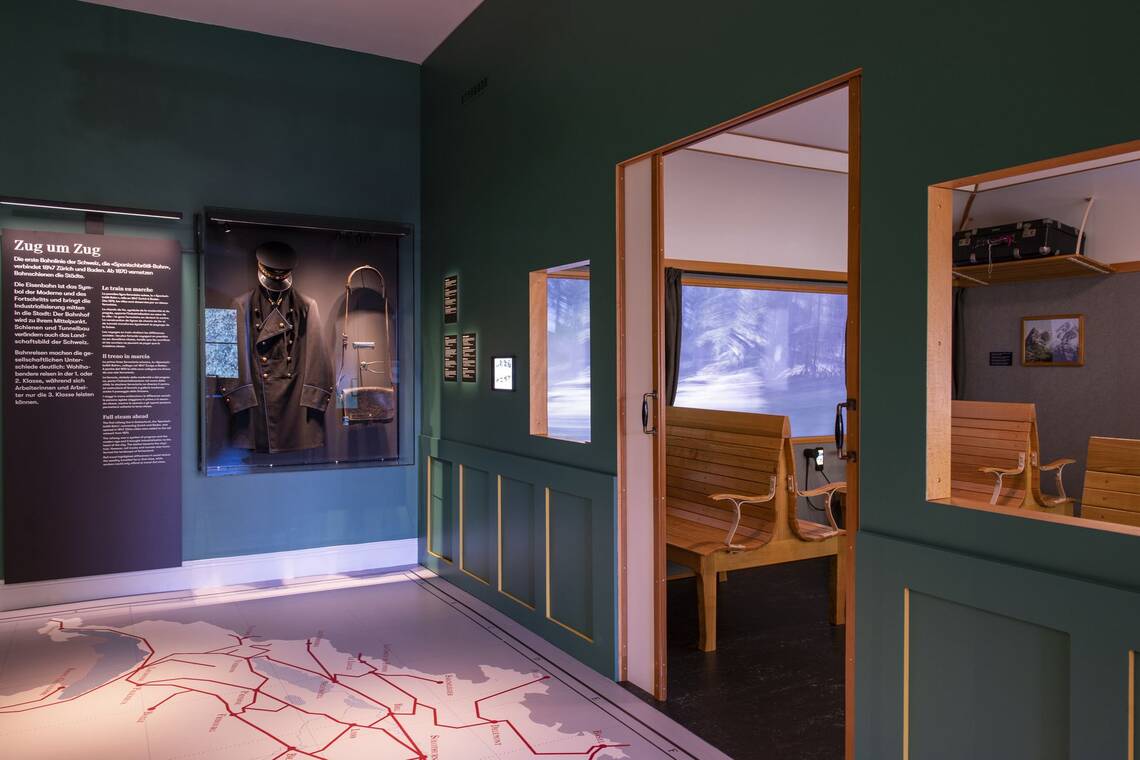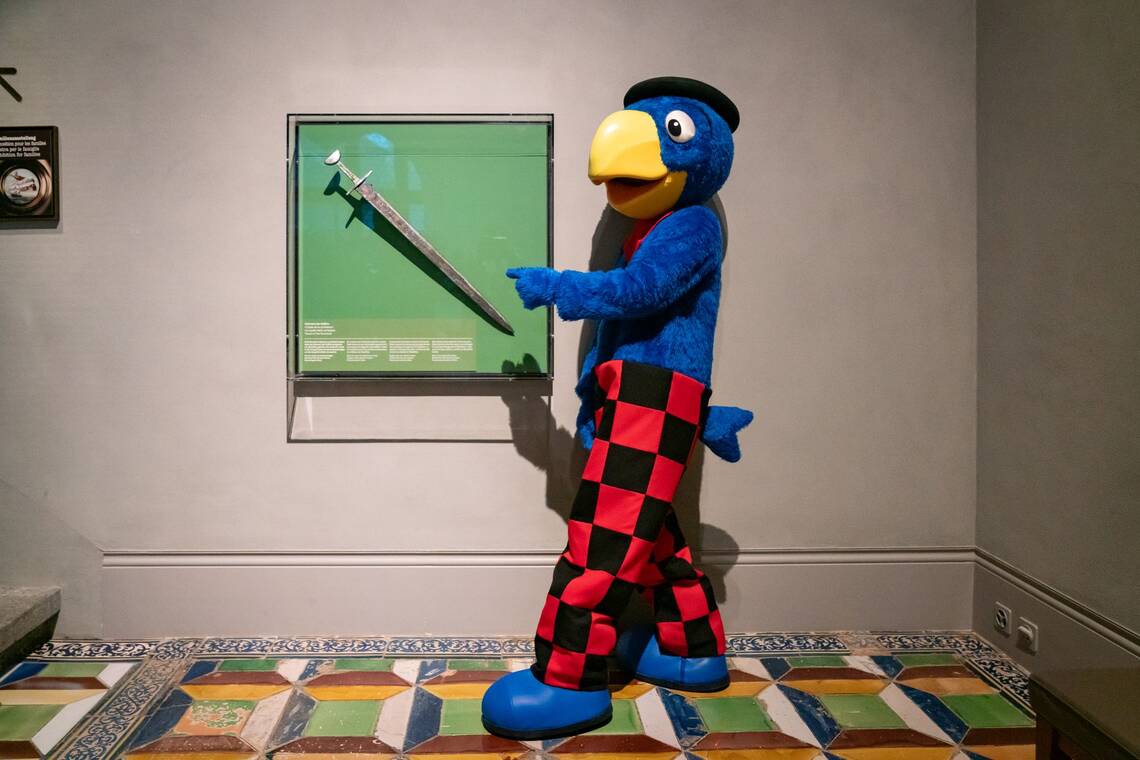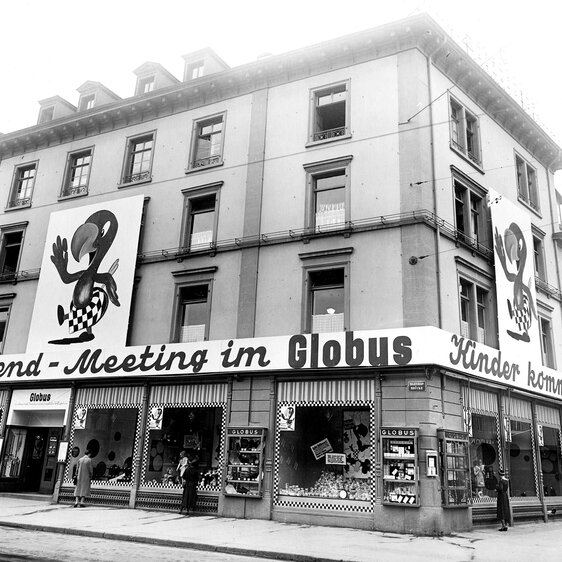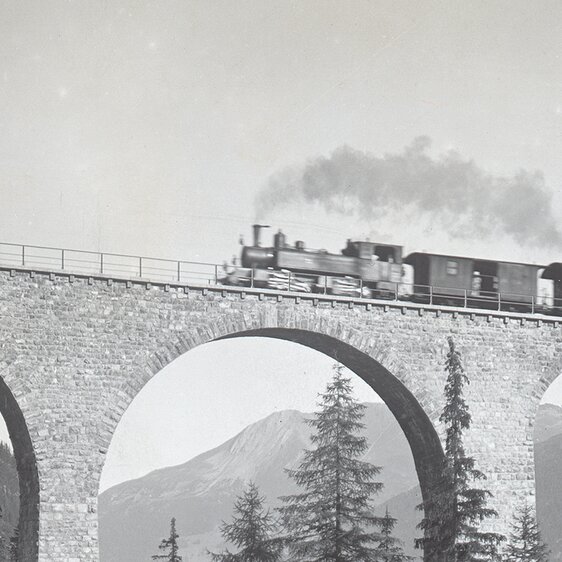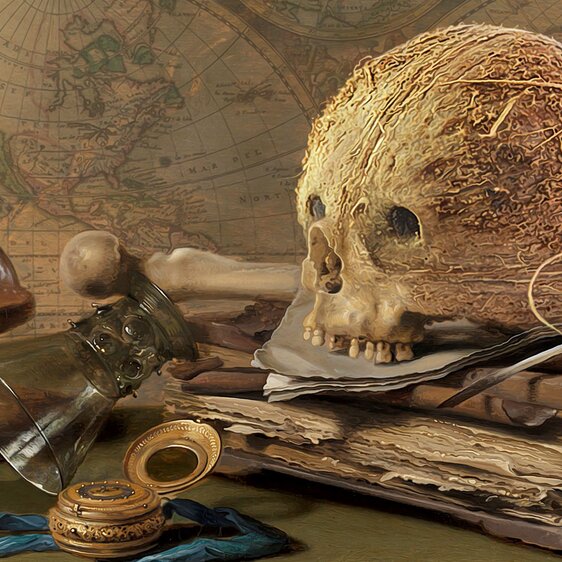Many children dream of travelling back in time. They can do just that at the family exhibition ‘A magic carpet ride through history’ at the National Museum Zurich. The exhibition features three areas with fun and hands-on experiences to teach kids about the Islamic Golden Age, explorers’ ships, and the advent of rail travel. The youngsters can visit a magnificent Arabian palace, board a sailing ship or step inside an old railway carriage, and travel back in time to key periods from history.
The exhibition combines learning with age-appropriate activities, such as solving puzzles, searching for hidden treasures, listening to stories, dressing up, and drawing.
The atmospheric settings allow children to let their imaginations run wild, and the high-quality original objects bear witness to important events in global cultural history.
For families with children from age 4 upwards.
Overall management
Andreas Spillmann
Curator and project management
Rebecca Sanders
Scientific collaboration
Marina Amstad, Maja Škrkić
Scenography
Martina Nievergelt, Zürich
Graphics
Paolo Monaco, Zürich; Jakob Schiratzki, Zürich
Lighting design
Ursula Degen, Zürich; Kaori Kuwabara, Zürich; Timo Martens, Kilchberg
Set building
Beat Künzler, Schaffhausen
Audio and video
Peter Bräker, Zürich; Tom Gerber, Zürich; Kellerthurgau, Frauenfeld; NatureFootage; Pasquale Pollastro, Danilo Rüttimann, René Vogel
Cultural services and museum education
Stefanie Bittmann
Public relations and marketing
Andrej Abplanalp, Anna-Britta Maag, Sebastiano Mereu, Carole Neuenschwander, Alexander Rechsteiner
Technical management
Gianina Flepp
Conservation management
Gaby Petrak
Conservation and montage of objects
Thomas Imfeld, Elisabeth Kleine, Veronique Mathieu, Jürg Mathys, Uldis Mākulis, Gaby Petrak
Logistics of objects and montage of objects
David Blazquez, Simon D’Hollosy, Reto Hegetschweiler, Markus Scherer
Loans
Maya Jucker, Bernard Schüle, Angela Zeier
Advisory committee
Heidi Amrein, Ellen Bryner, Beat Högger, Markus Leuthard, Sabrina Médioni, Andreas Spillmann
Controlling of project
Ellen Bryner, Sabrina Médioni
Photography
Jonas Hänggi, Zvonimir Pisonić
Photo library
Andrea Kunz, Fabian Müller
IT and web
Thomas Bucher, Pasquale Pollastro, Danilo Rüttimann, René Vogel
Translations
Abacus translations Ltd., Monthey; Marie Claude Buch-Chalayer, Weil am Rhein; Bill Gilonis, Zürich; Marco Marcacci, Lumino-Monticello; Laurence Neuffer

